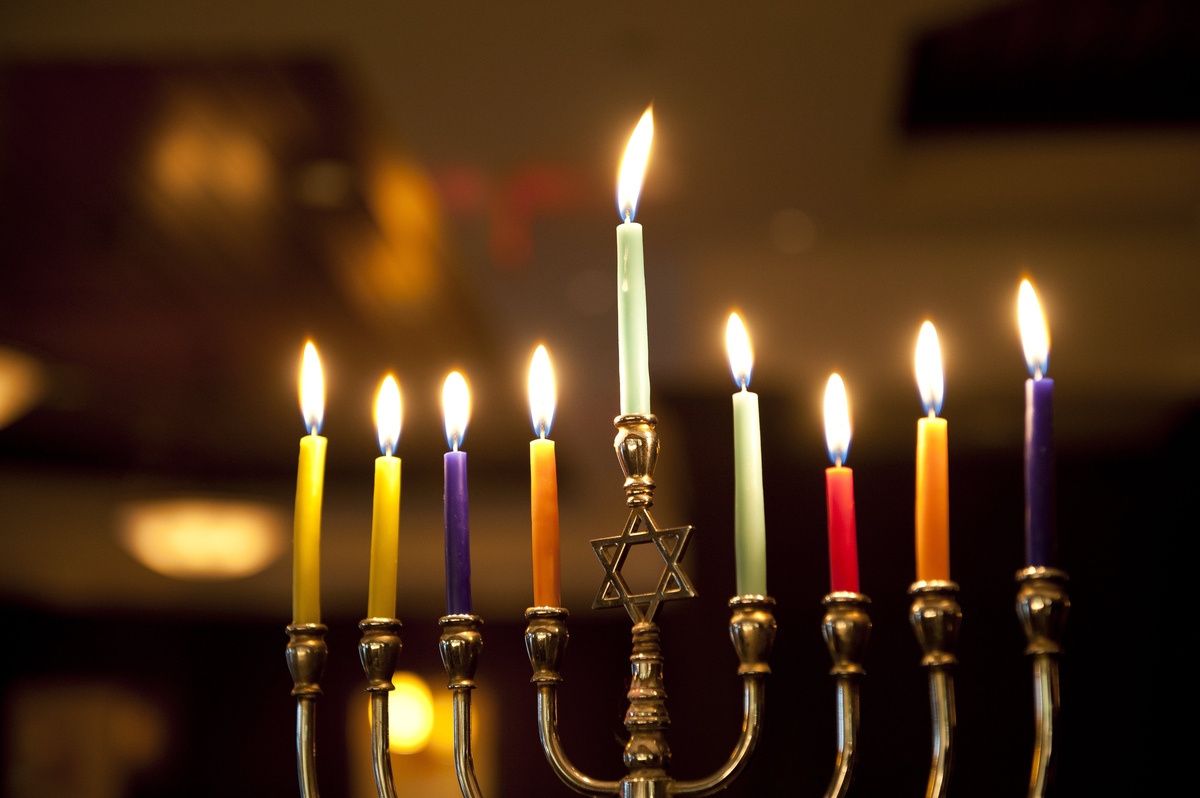

Articles
How Many Candles On Hanukkah
Modified: February 25, 2024
Learn all about the significance of Hanukkah and how many candles are lit during this festive celebration in our informative articles.
(Many of the links in this article redirect to a specific reviewed product. Your purchase of these products through affiliate links helps to generate commission for Storables.com, at no extra cost. Learn more)
Introduction
Welcome to the fascinating world of Hanukkah, a joyous celebration filled with traditions, rituals, and a symbol that shines brightly – the Hanukkah candles. Hanukkah, also known as the Festival of Lights, is an eight-day Jewish holiday that commemorates the miracle of the oil in the Second Temple of Jerusalem. In this article, we will delve into the origins and significance of the candles in Hanukkah, exploring the rich symbolism and customs surrounding this ancient tradition.
For Jews around the world, Hanukkah holds a special place in their hearts. It is a time to come together with family and friends, to light the Menorah, exchange gifts, and indulge in delicious food. Central to this celebration are the candles that illuminate the Hanukkah Menorah. Each night, an additional candle is kindled, until all eight are burning brightly, symbolizing the miracle of the oil lasting for eight days in the rededicated Holy Temple.
In the following sections, we will unravel the historical background of Hanukkah, the significance of the candles, the symbolism behind lighting them, and the traditions associated with this sacred holiday. Get ready to embark on an enlightening journey as we delve into the world of Hanukkah candles and explore the customs that make this festival so beloved and cherished.
Key Takeaways:
- Hanukkah, the Festival of Lights, celebrates the triumph of light over darkness. The Hanukkah candles symbolize the enduring spirit of the Jewish people and the power of faith, hope, and resilience.
- The Hanukkah Menorah and its traditions, including the lighting of eight candles, represent the historical and symbolic significance of the holiday. Each tradition adds depth and meaning to the joyous celebration, fostering unity and spreading light and love.
Read more: What Are The Hanukkah Candles Called
Origins of Hanukkah
Hanukkah has its roots in the ancient history of the Jewish people. The story revolves around the struggle against religious oppression and the triumph of freedom. It dates back to the second century BCE when the land of Judea was under the rule of the Seleucid King Antiochus IV.
Under Antiochus’ reign, Jews were prohibited from practicing their religion and were forced to worship Greek gods. The Holy Temple in Jerusalem was desecrated, and many Jewish customs and traditions were forbidden. However, a group of Jewish rebels known as the Maccabees arose to resist this tyranny and fight for religious freedom.
Led by Judah Maccabee, the Maccabees launched a successful revolt against the Seleucid forces. After retaking Jerusalem and cleansing the defiled Temple, the Maccabees sought to rededicate it to the worship of the Jewish God. They found only a single flask of oil, enough to fuel the Menorah, the seven-branched golden candelabrum that stood in the Temple.
Despite the meager amount of oil, the miracle unfolded when the oil burned for eight consecutive days, allowing the Maccabees enough time to prepare new oil. This event became the cornerstone of the Hanukkah story, symbolizing the divine intervention and the endurance of the Jewish spirit.
Today, Hanukkah serves as a reminder of the Maccabees’ bravery and their fight for religious freedom. It is a celebration of hope, resilience, and the triumph of light over darkness.
Significance of Candles in Hanukkah
The candles hold great significance in the celebration of Hanukkah. They symbolize the miracle of the oil and serve as a powerful visual representation of the triumph of light over darkness. The lighting of the Hanukkah candles connects individuals to their Jewish heritage and serves as a reminder of the resilience and faith of the Jewish people.
The Hanukkah Menorah, also known as the Hanukkiah, is a nine-branched candelabrum specifically used during Hanukkah. Eight of the branches represent each night of Hanukkah, while the ninth branch, known as the Shamash, is used to light the other candles.
Each evening of Hanukkah, one additional candle is kindled, starting from the right and moving towards the left. The Shamash candle is always lit first and serves as a helper candle, providing the flame to light the other candles. It is placed either above or below the other candles, emphasizing its unique role.
As the Hanukkah candles are kindled, they bring warmth, light, and hope into the home. It is customary to place the Menorah in a window or other prominent location where the candles can be seen by passersby, symbolizing the Jewish pride and commitment to spreading the light of Hanukkah to the world.
The significance of the Hanukkah candles extends beyond the miracle of the oil. They represent the power of faith, reminding individuals to remain steadfast and embrace their beliefs, even in the face of adversity. By kindling the candles and watching them burn, Jews are encouraged to reflect upon the importance of perseverance, hope, and the pursuit of religious freedom.
Furthermore, the act of lighting the Hanukkah candles is accompanied by specific blessings, recited to sanctify the moment. The blessings not only express gratitude for the miracles of the past but also serve as a reminder of the continued presence of miracles in everyday life.
The candles of Hanukkah hold deep symbolism and serve as a beacon of hope and inspiration for Jews around the world. By lighting them, individuals are reminded of the miracles of the past, the importance of religious freedom, and the enduring spirit of the Jewish people.
The Symbolism behind Lighting Candles
Lighting the candles during Hanukkah is not just a ceremonial act but a symbolic gesture that carries profound meaning. Each element of the lighting ritual holds symbolism that connects participants to the story and spirit of Hanukkah.
First and foremost, the act of lighting candles represents the triumph of light over darkness. Hanukkah is a festival that commemorates the rededication of the Holy Temple in Jerusalem and the miraculous eight-day burning of the oil. By kindling the Hanukkah candles, individuals symbolically bring light into their lives, their homes, and the world, spreading hope and dispelling darkness.
Furthermore, the number of candles also holds symbolic significance. As mentioned earlier, the Hanukkah Menorah has eight branches, representing the eight nights of Hanukkah. Each night, one additional candle is lit, growing the light day by day. This progression symbolizes the increasing miracle of the oil, reminding us that even in our darkest moments, there is always the possibility for miracles and growth.
The Shamash candle, the helper candle used to light the other candles, plays a crucial role in the symbolism of the lighting ritual. It represents the duty of every individual to spread light and be a positive influence in the world. By lighting the other candles, the Shamash exemplifies the importance of leading by example and using our own light to illuminate the lives of others.
Another symbolic aspect of the Hanukkah candles is their placement. The Menorah is traditionally placed in a window or a prominent location where it can be seen by passersby. This placement serves as a reminder to proudly display one’s faith and share the light of Hanukkah with the world. It carries the message that everyone has a role in spreading warmth, compassion, and understanding, fostering unity and harmony with others.
Lastly, the act of reciting blessings while lighting the candles holds deep symbolism. The blessings express gratitude for the miracles of the past and the present, reaffirming one’s connection to the divine. They serve as a reminder of the power of faith, prayer, and the human capacity to overcome challenges and experience the miraculous in everyday life.
Lighting the Hanukkah candles is a powerful and symbolic act that connects individuals to the story, values, and spirit of Hanukkah. It serves as a reminder of the power of light, the importance of spreading positivity, and the enduring message of hope and resilience.
Historical Background of the Hanukkah Menorah
The Hanukkah Menorah, also known as the Hanukkiah, has a rich and ancient history that dates back to the time of the Second Temple in Jerusalem. The Menorah played a prominent role in the religious rituals of the Jewish people during this time and continues to be an integral symbol of Hanukkah today.
The original Menorah was a seven-branched candelabrum that stood in the Holy Temple. It was crafted entirely of solid gold and was considered one of the Temple’s most sacred and significant holy objects. The Menorah’s elegant design featured a central stem with three branches extending out on each side, culminating in oil lamps.
During the time of the Maccabean revolt and the rededication of the Holy Temple, the Menorah once again took center stage in the story of Hanukkah. It is said that the Maccabees cleaned and rededicated the Temple after their victory over the Seleucid forces. As part of the rededication process, they sought to light the Menorah, sustaining the sacred tradition that had been interrupted by the oppression of Antiochus IV.
However, the Maccabees faced a significant obstacle – they could only find a single flask with enough pure oil to keep the Menorah burning for one day. Miraculously, the oil lasted for eight days until new oil could be prepared. This miracle of the oil is one of the central themes of Hanukkah and the reason behind the lighting of the Menorah for eight nights.
Over time, the Menorah evolved into the Hanukkah Menorah that we are familiar with today. The Hanukkah Menorah is a nine-branched candelabrum, with eight branches representing the eight nights of Hanukkah and the ninth branch, known as the Shamash, used to light the other candles.
While the original Menorah held great religious and historical significance, it was lost with the destruction of the Second Temple in 70 CE. Since then, the Jewish people have used various menorahs in their Hanukkah celebrations, with each design reflecting cultural and artistic influences from different Jewish communities throughout history.
Today, the Hanukkah Menorah stands as a symbol of Jewish pride, resilience, and the miraculous power of faith. It is a visual representation of the Hanukkah story, connecting individuals to their heritage and reminding them of the enduring legacy of the Maccabees and the rededication of the Holy Temple.
The Hanukkah Menorah continues to hold a special place in Jewish homes during the holiday season. Its eight flickering candles, shining brightly against the darkness, serve as a powerful reminder of the miracles of the past and the importance of celebrating the festival of lights.
When lighting the Hanukkah candles, start with one candle on the first night and add an additional candle each night until all eight are lit on the final night.
Read more: What Color Are Hanukkah Candles
Why Eight Candles on Hanukkah?
The custom of lighting eight candles on Hanukkah is deeply rooted in the story of the miracle of the oil in the Second Temple. According to Jewish tradition, when the Maccabees rededicated the Temple after their triumph over the Seleucid forces, there was only enough oil to burn in the Menorah for one day. Miraculously, the oil lasted for eight days until new oil could be prepared.
This miraculous duration of eight days forms the basis for the tradition of lighting eight candles on Hanukkah. Each night of the holiday, an additional candle is added to the Menorah, creating a progressive illumination as the days pass. By the eighth night, all eight candles are kindled, symbolizing the full extent of the miracle.
It is important to note that the lighting of the Hanukkah candles is not simply a commemoration of the miraculous oil. It is a reenactment of the historical event, giving individuals the opportunity to relive and participate in the spiritual triumph of that time.
The number eight holds special significance in Judaism. In Jewish mysticism, the number eight represents transcendence and the realm beyond the natural order. It is symbolic of the divine and represents a connection to a higher spiritual plane.
Another reason for the use of eight candles is rooted in the observance of the Sabbath. Lighting a fire, including kindling the Menorah, is typically prohibited on the Sabbath. Therefore, to commemorate the miracle without violating Sabbath laws, the tradition of lighting the Menorah for eight nights was established.
Furthermore, the choice of eight candles aligns with the concept of increasing light and joy during the holiday. Each additional candle represents an elevation of the celebration, as the light grows brighter with every passing night. This progressive illumination symbolizes the spreading of hope, joy, and the triumph of light over darkness.
To enhance the symbolism, the Hanukkah candles are traditionally placed in a specific order. On the first night, only one candle – the Shamash – is lit. On the second night, the Shamash plus one additional candle are kindled, and so on. This orderly placement adds to the symbolic progression, mirroring the increasing miracle of the oil and further emphasizing the concept of growth and abundance.
In essence, the tradition of lighting eight candles on Hanukkah represents the miracle of the oil lasting for eight days, the transcendence of the spiritual realm, the observance of Sabbath laws, and the progressive nature of the celebration. It is a beautiful and meaningful tradition that reminds Jews around the world of their rich heritage, the power of faith, and the triumph of light over darkness.
The Importance of the Shamash Candle
In the Hanukkah tradition, the Shamash candle holds a significant role in the lighting of the Hanukkah Menorah. The term “Shamash” translates to “servant” or “helper” in Hebrew, reflecting its purpose as the guiding light for the other candles.
The Shamash candle is distinct from the other Hanukkah candles as it is set apart, either raised above or positioned at a different height on the Menorah. It is customary to use the Shamash to kindle the other candles, one for each night of Hanukkah, representing the progressive illumination of the holiday.
The importance of the Shamash candle lies in its symbolic role. It serves as a reminder of the duty and responsibility of every individual to spread light in the world. The Shamash represents the ideals of leadership, service, and the power of one individual to positively influence others.
Through the act of lighting the other candles with the Shamash, Jews are encouraged to be a source of light and inspiration in their own lives and communities. The Shamash embodies the concept of “Pirsumei Nisa,” which means “publicizing the miracle.” By placing the Menorah in a window or other prominent location, Jews proudly display their faith and aim to illuminate the world around them with the light of Hanukkah.
The Shamash also has a practical function during the holiday. Since the other candles are meant to be used solely for the purpose of observing and commemorating the miracle, the Shamash is used to provide light for practical use. It ensures that the flames of the other candles remain pure and untainted by any practical or mundane functions.
The significance of the Shamash extends beyond its role in the Menorah lighting ritual. It serves as a reminder of the essential Jewish value of “tikkun olam,” or repairing the world. The concept of the Shamash encourages individuals to take action, make a difference, and be a positive influence in their surroundings.
Moreover, the Shamash represents the importance of unity and harmony within the Jewish community. Just as the Shamash serves to light the other candles, it symbolizes the power of collective action and the strength that can be achieved when individuals come together.
Ultimately, the Shamash candle embodies a deep sense of purpose and responsibility. It encourages individuals to be guided by the principles of service, leadership, and making a positive impact in the world. The Hanukkah Menorah would not be complete without the Shamash, reminding us all of our capacity to bring light and hope, not just during Hanukkah, but in our everyday lives.
Lighting the Hanukkah Menorah
Lighting the Hanukkah Menorah is a cherished and central ritual of the Hanukkah celebration. Each night of the eight-day holiday, families gather together to partake in this age-old tradition, spreading warmth and joy throughout the home.
The lighting of the Menorah begins at nightfall, typically shortly after sundown. The Menorah is placed in a prominent location, such as a window or central spot in the home, so that the candles can be seen by family members and passersby, symbolizing the publicizing of the miracle.
Before kindling the candles, the blessings for lighting the Hanukkah Menorah are recited. The first blessing, known as the “L’hadlik Ner Shel Hanukkah,” praises God for commanding the lighting of the Hanukkah lights. The second blessing, called the “Shehecheyanu,” expresses gratitude for being alive to experience this special moment and the joy of the holiday.
After reciting the blessings, the Shamash candle, which sits either above or below the other candles, is used to light the first candle on the far right of the Menorah. It is customary to light the newest candle first, progressing from left to right over the eight nights of Hanukkah.
Once the first candle is lit, it is customary to place the Shamash back in its original position. The lit candle remains in place, and the family members recite special Hanukkah songs, such as “Maoz Tzur” or “Hanerot Halalu,” as they bask in the warm glow of the Menorah.
On subsequent nights, additional candles are added to the left of the previously lit candles. Each night, the Shamash is used to light the new candle, and the blessings are recited again, reaffirming the joy and significance of the holiday.
As the holiday progresses, the Menorah becomes increasingly aglow with light, symbolizing the miraculous duration of the oil. The warm illumination serves as a reminder of the triumph of light over darkness, the enduring spirit of the Jewish people, and the power of faith and perseverance.
It is important to note that Hanukkah candles are meant to be enjoyed and admired, but not to be used for any practical purpose. The candles should be allowed to burn fully, typically for about 30 minutes after their kindling, in order to fulfill the mitzvah (commandment) of lighting the candles.
Lighting the Hanukkah Menorah is a beautiful tradition that brings families together and creates lasting memories. It serves as a time to reflect on the miracles of the past, express gratitude for the present, and anticipate a future filled with hope and light.
Hanukkah Candle Traditions
Hanukkah, also known as the Festival of Lights, is a celebration filled with cherished traditions that have been passed down through generations. Central to these customs are the lighting of the Hanukkah candles, but there are several other meaningful traditions associated with this joyous holiday.
1. Lighting the Hanukkah Menorah: As previously mentioned, the lighting of the Hanukkah Menorah is the cornerstone of the holiday. Each night, one additional candle is kindled, starting with the Shamash, until all eight candles are lit on the final night. This ritual symbolizes the miracle of the oil and the increasing light and joy of the holiday.
2. Placing the Menorah in the Window: It is customary to place the Hanukkah Menorah in a window or other prominent location where it can be seen by others. This tradition dates back to ancient times when Jews wanted to publicize the miracle of Hanukkah and proudly display their faith. By placing the Menorah in the window, individuals continue to symbolically spread the light of Hanukkah to the world.
3. Playing Dreidel: Another beloved Hanukkah tradition is playing the game of dreidel. A dreidel is a four-sided spinning top with Hebrew letters on each side representing the phrase, “A great miracle happened there.” The game is played with chocolate coins, nuts, or other small tokens, and players take turns spinning the dreidel and following the instructions based on which letter lands facing up.
4. Giving Hanukkah Gelt: Hanukkah gelt refers to the tradition of giving monetary gifts, often in the form of chocolate coins, to children during Hanukkah. This tradition originated from the Eastern European custom of giving money to teachers and students as a token of appreciation. Today, the practice of giving Hanukkah gelt has expanded to include family members exchanging gifts and charitable donations.
5. Enjoying Fried Foods: Fried foods are an integral part of Hanukkah cuisine. The custom of eating foods cooked in oil, such as potato latkes (pancakes) and sufganiyot (jelly-filled doughnuts), is a delicious way to commemorate the miracle of the oil that lasted for eight days. These treats are enjoyed throughout the holiday, adding to the festive spirit.
6. Singing Hanukkah Songs: Hanukkah is infused with beautiful and spirited songs that have been sung for generations. Traditional Hanukkah songs, such as “Maoz Tzur” and “Sevivon Sov Sov Sov,” tell the story of the holiday and evoke a sense of joy and celebration. Families often gather around the lit Menorah to sing these tunes, adding a sense of warmth and togetherness.
7. Exchanging Hanukkah Gifts: While not traditionally associated with Hanukkah, the custom of exchanging gifts has become increasingly common during the holiday. Families may exchange small presents each night or give a larger gift on one of the nights. The act of gift-giving helps create a sense of excitement and anticipation, making Hanukkah a special time for loved ones.
Hanukkah candle traditions, along with these additional customs, contribute to the joyous atmosphere of the holiday. They serve as reminders of the bravery and resilience of the Maccabees, the miracles of the past, and the enduring spirit of the Jewish people. Through these traditions, Hanukkah becomes a time of celebration, reflection, and the spreading of light and love.
Read more: How Do You Light The Candles For Hanukkah
Conclusion
Hanukkah is a cherished Jewish holiday filled with rich traditions and customs, centered around the lighting of the Hanukkah candles. This eight-day celebration, also known as the Festival of Lights, commemorates the miracle of the oil in the Second Temple and serves as a reminder of the enduring spirit of the Jewish people.
Throughout Hanukkah, the lighting of the Hanukkah Menorah holds immense significance. Each candle represents a night of the holiday, and the progression of the illumination symbolizes the increasing miracle of the oil. The Shamash candle, the servant candle, guides the way, reminding individuals of their role in spreading light and making a positive impact in the world.
Understanding the historical background of the Hanukkah Menorah adds depth and meaning to the holiday. The original seven-branched Menorah in the Second Temple played a crucial role in religious rituals, while the Hanukkah Menorah, with its nine branches, represents the rededication of the Temple and the miraculous duration of the oil.
The Hanukkah candle traditions extend beyond the Menorah lighting ritual. Placing the Menorah in the window, playing dreidel, giving Hanukkah gelt, enjoying fried foods, singing Hanukkah songs, and exchanging gifts are all integral to the joyous celebration. Each tradition adds its own unique significance and helps create a festive and meaningful atmosphere.
Through these traditions, Jews around the world connect with their heritage, honor the miracles of the past, and express gratitude for the present. Hanukkah serves as a time of reflection, togetherness, and the spreading of light, hope, and love in the world.
As the candles of the Hanukkah Menorah shine brightly, illuminating the darkness, they embody the resilience, faith, and triumph that lie at the core of the Hanukkah story. They remind us all of the importance of embracing our traditions, honoring our heritage, and embracing the messages of hope, unity, and freedom that Hanukkah represents. Through the timeless traditions and the symbolism of the candles, Hanukkah continues to inspire and uplift Jews and non-Jews alike, making it a truly magical and meaningful time of year.
Frequently Asked Questions about How Many Candles On Hanukkah
Was this page helpful?
At Storables.com, we guarantee accurate and reliable information. Our content, validated by Expert Board Contributors, is crafted following stringent Editorial Policies. We're committed to providing you with well-researched, expert-backed insights for all your informational needs.
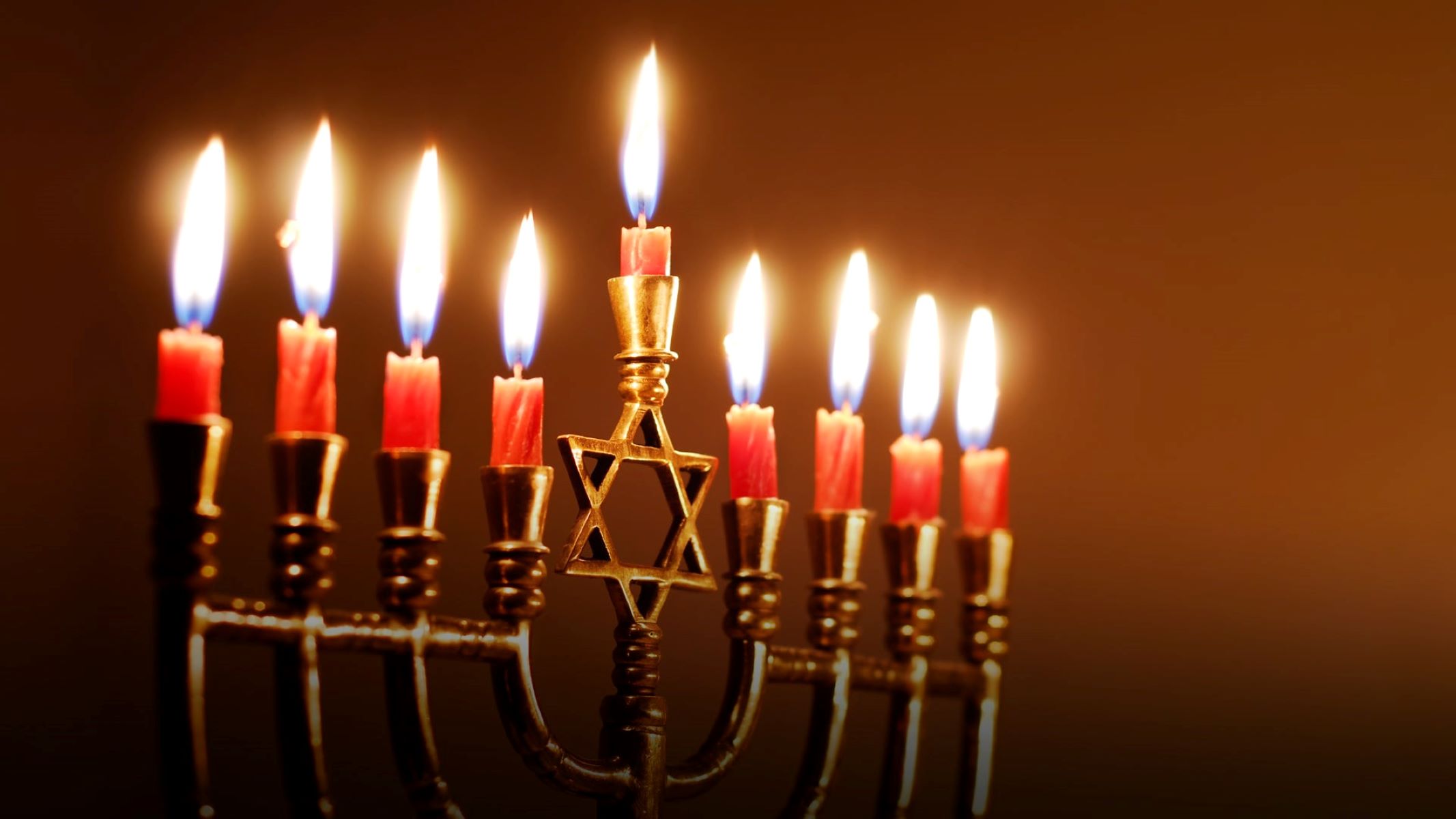
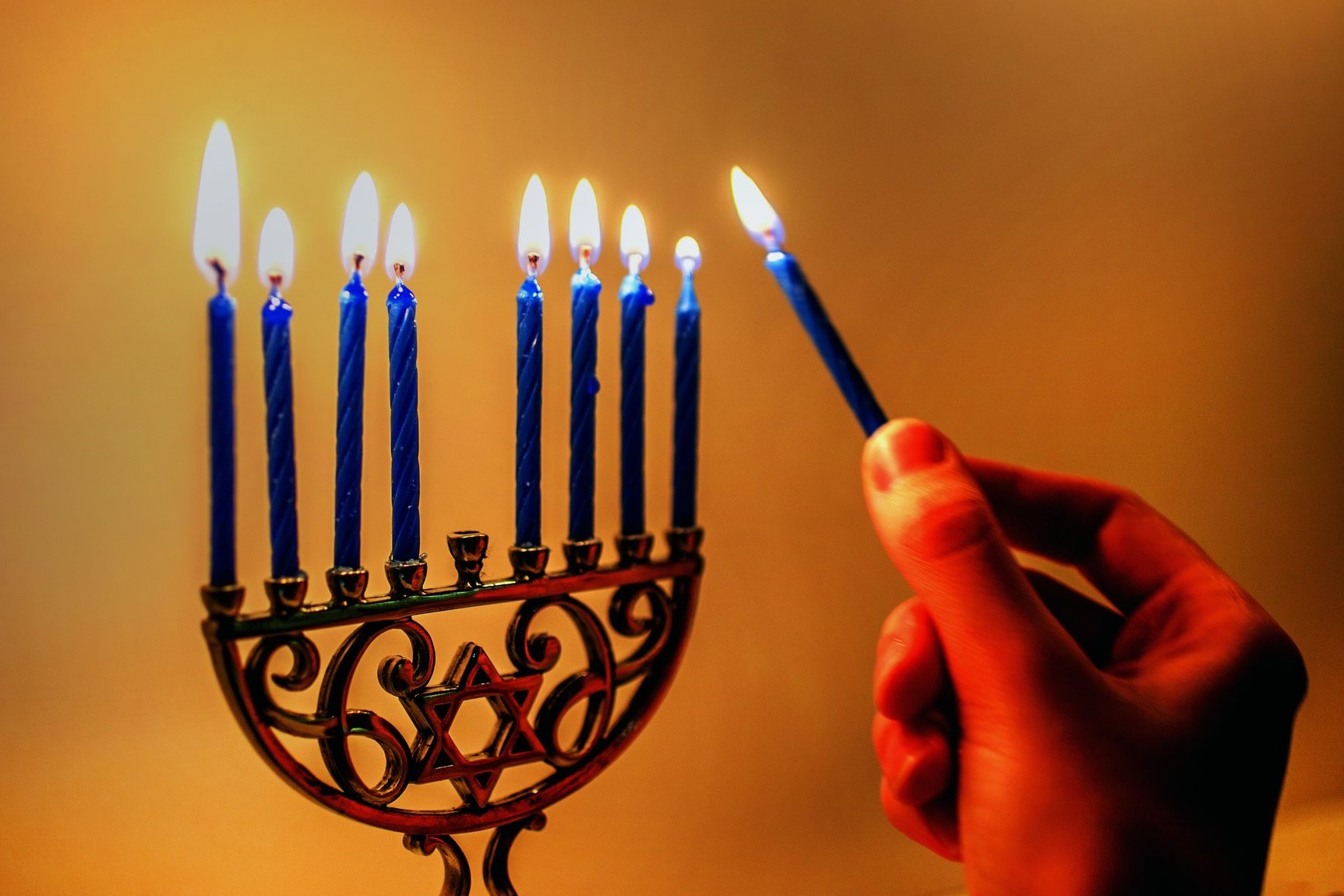
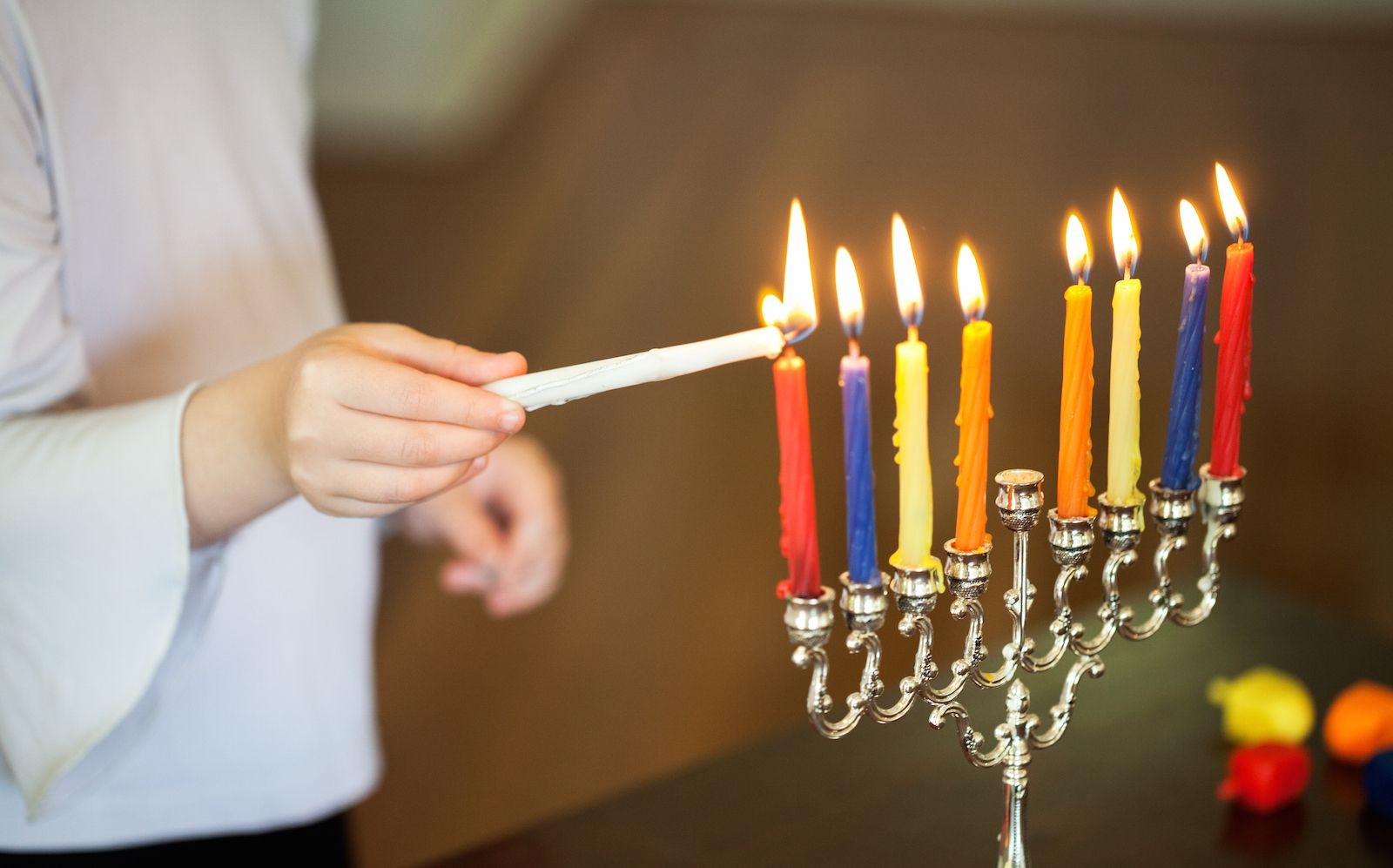
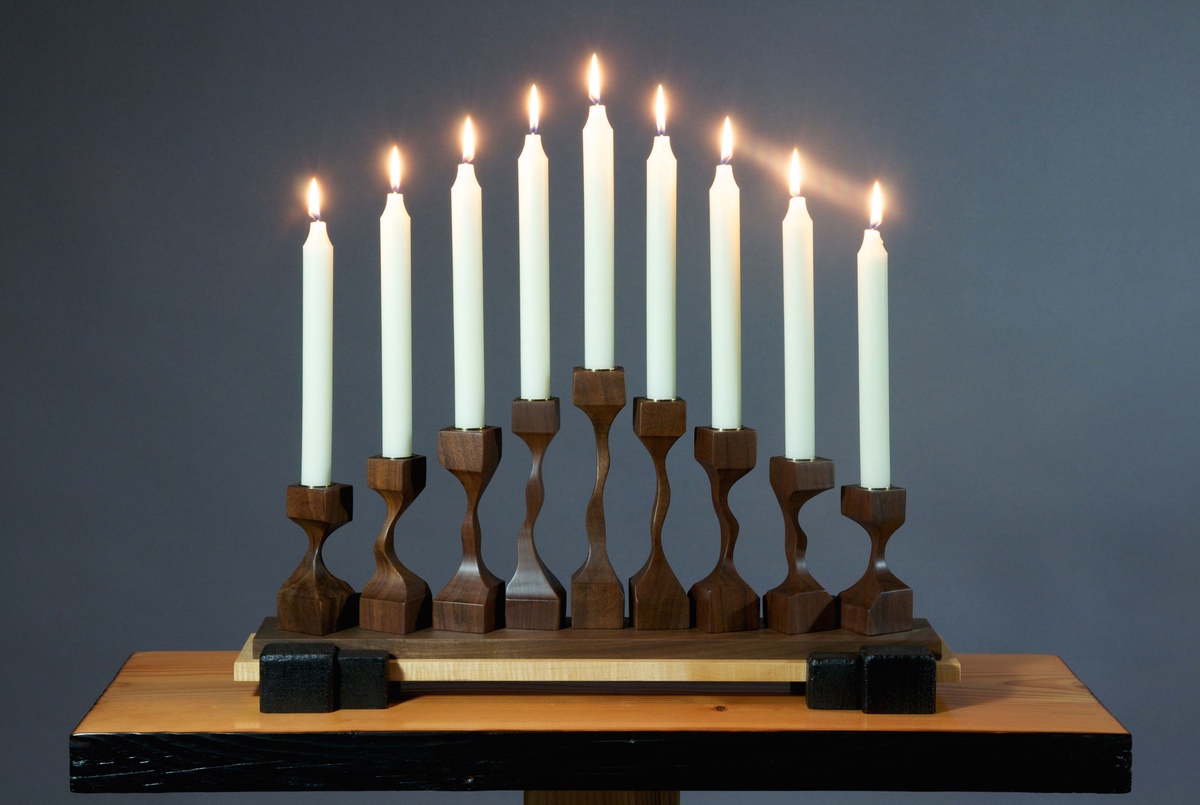
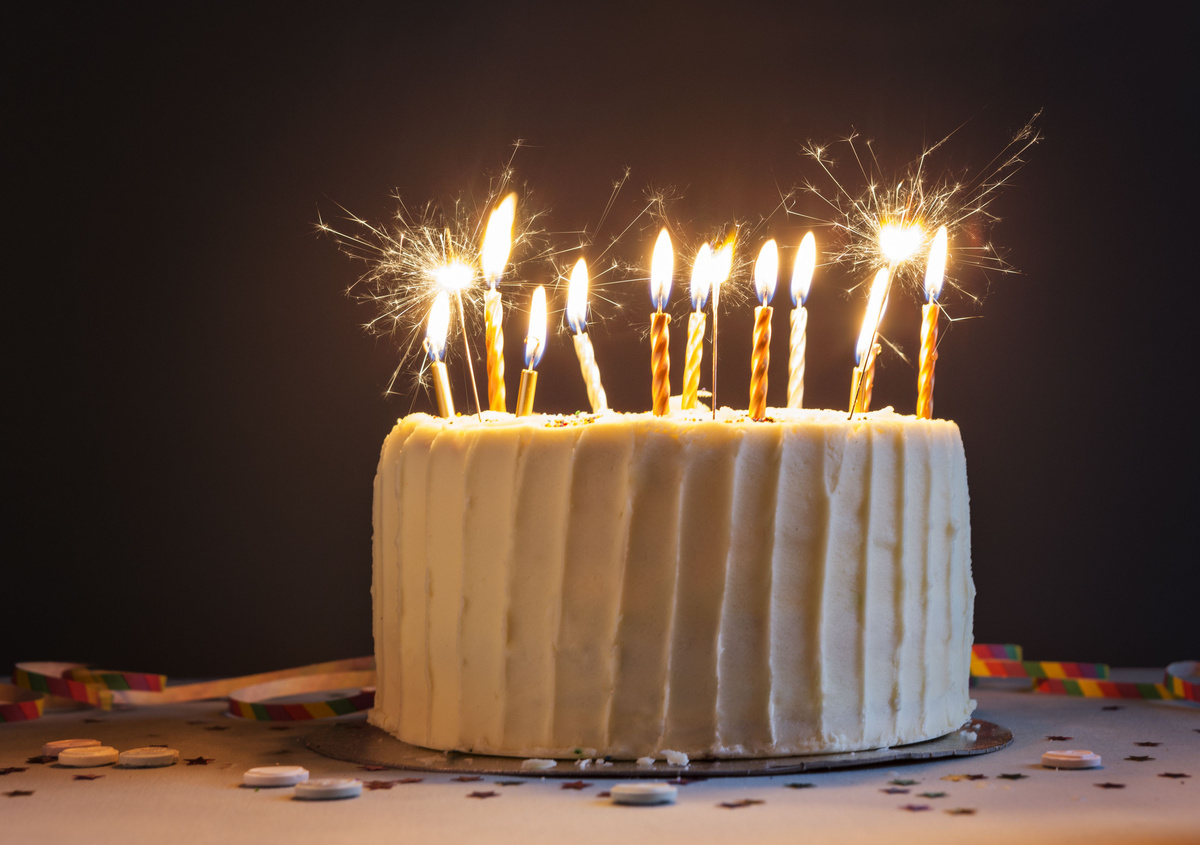
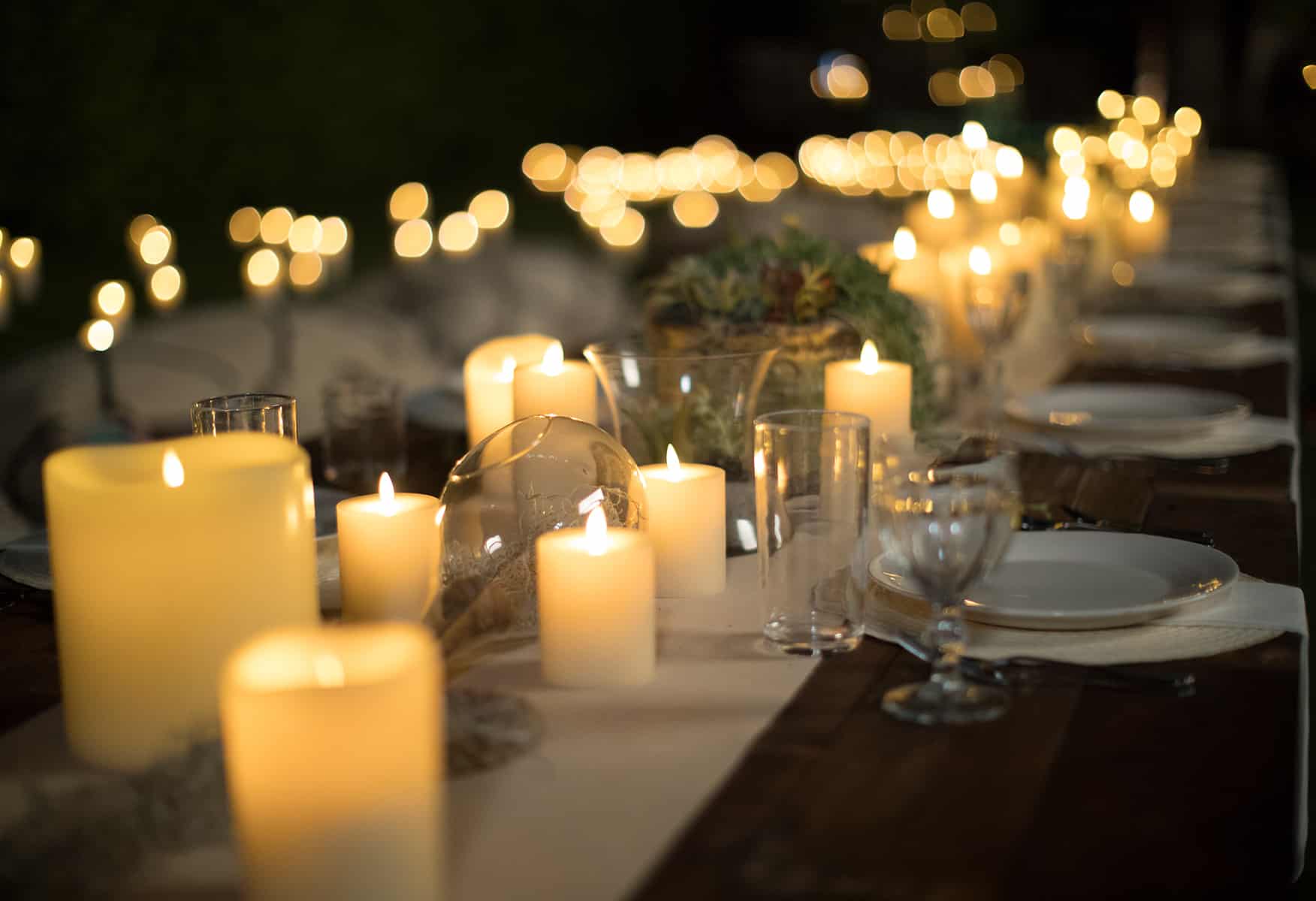
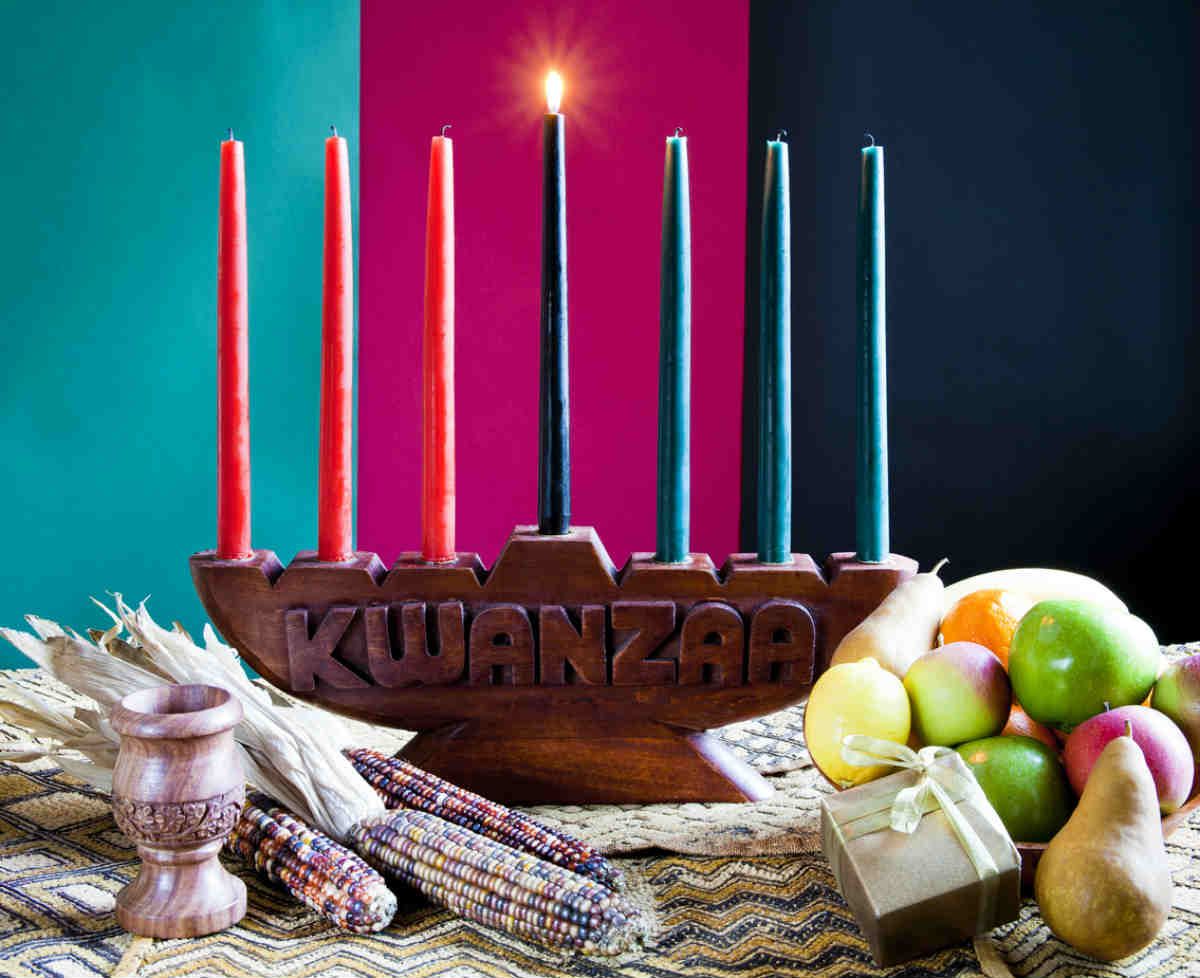
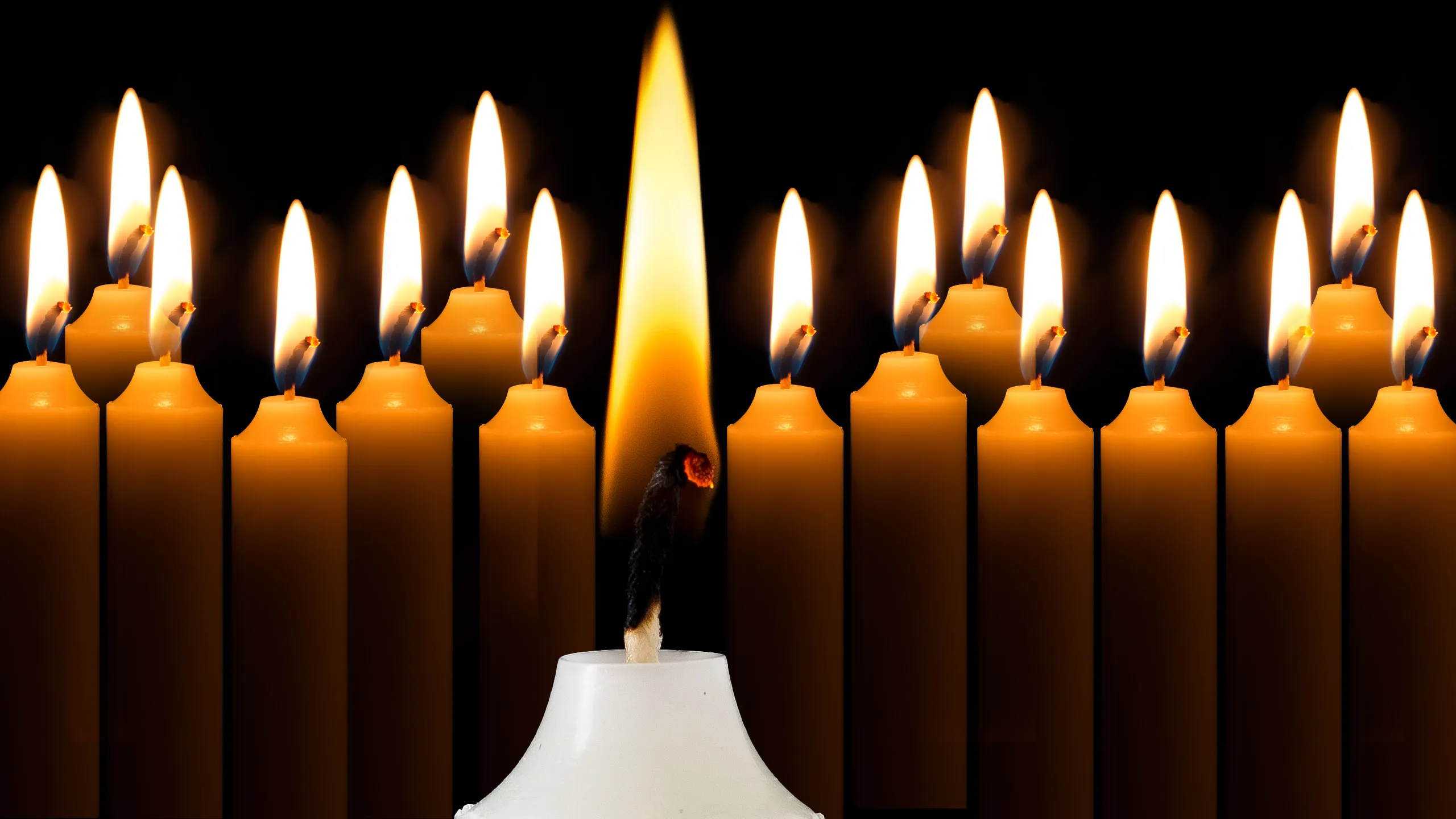
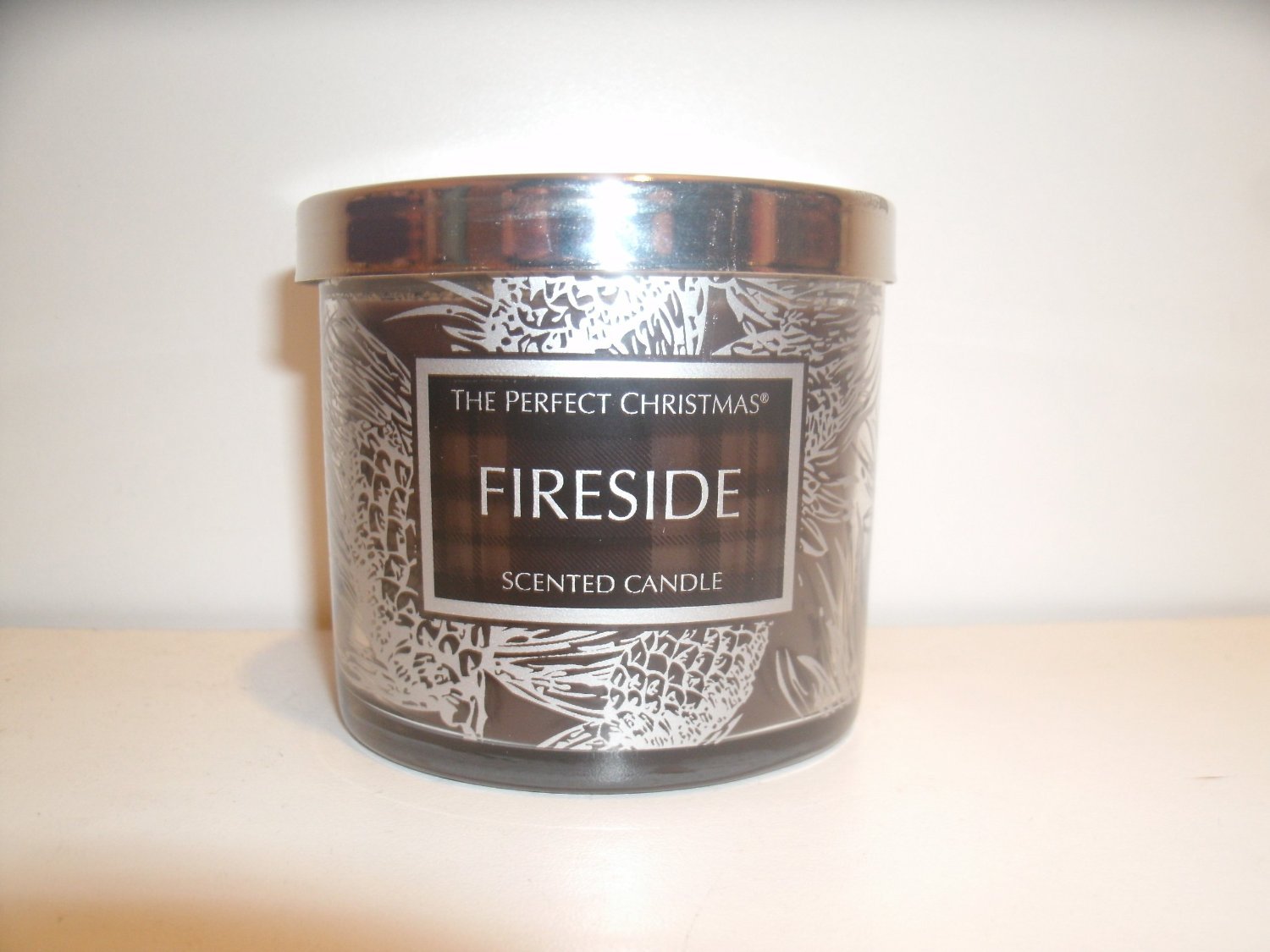
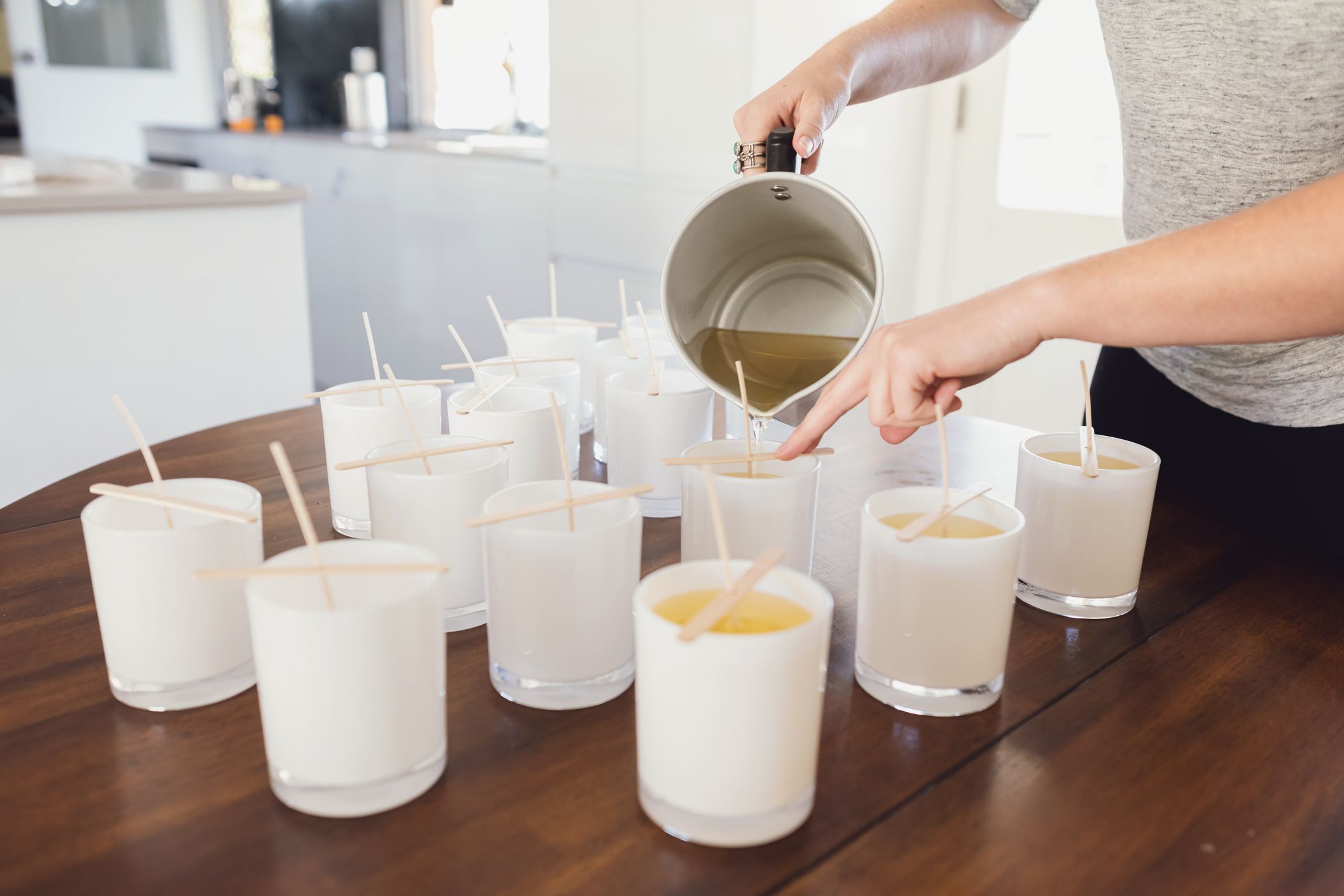
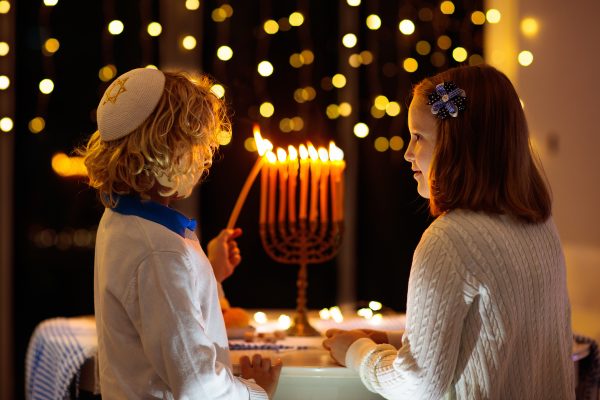
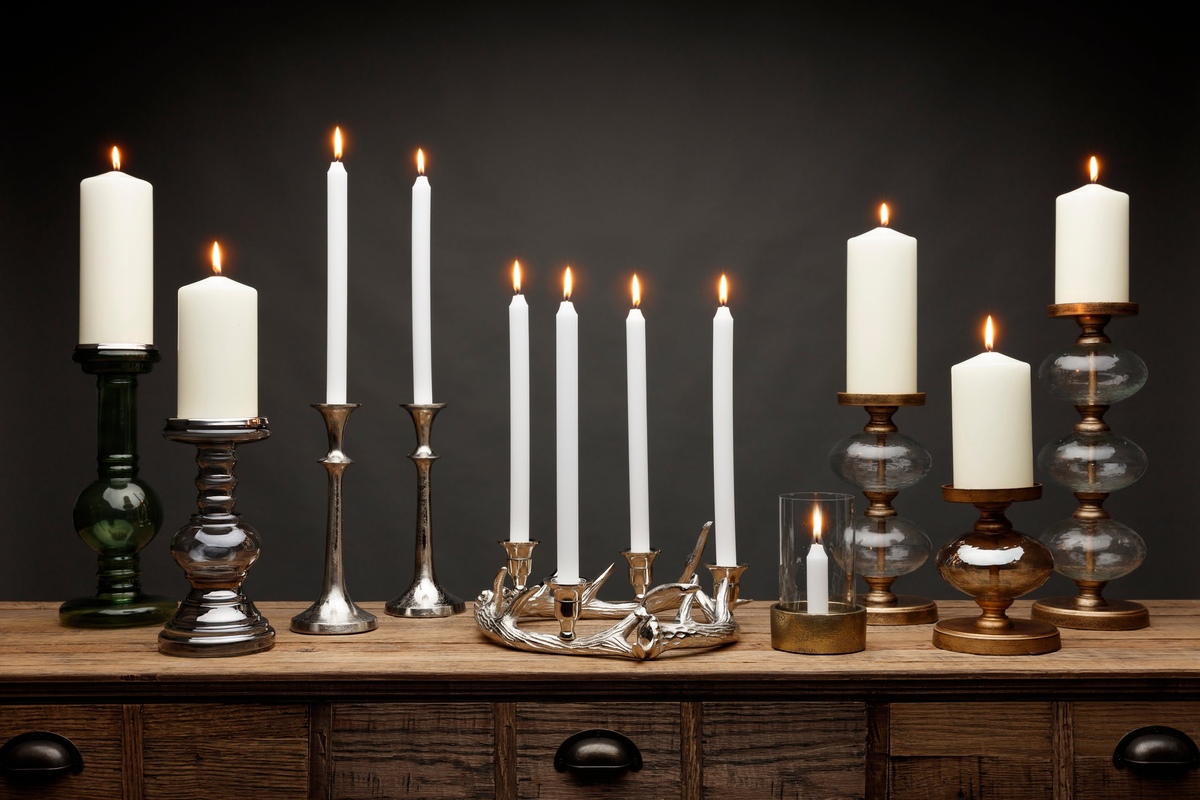
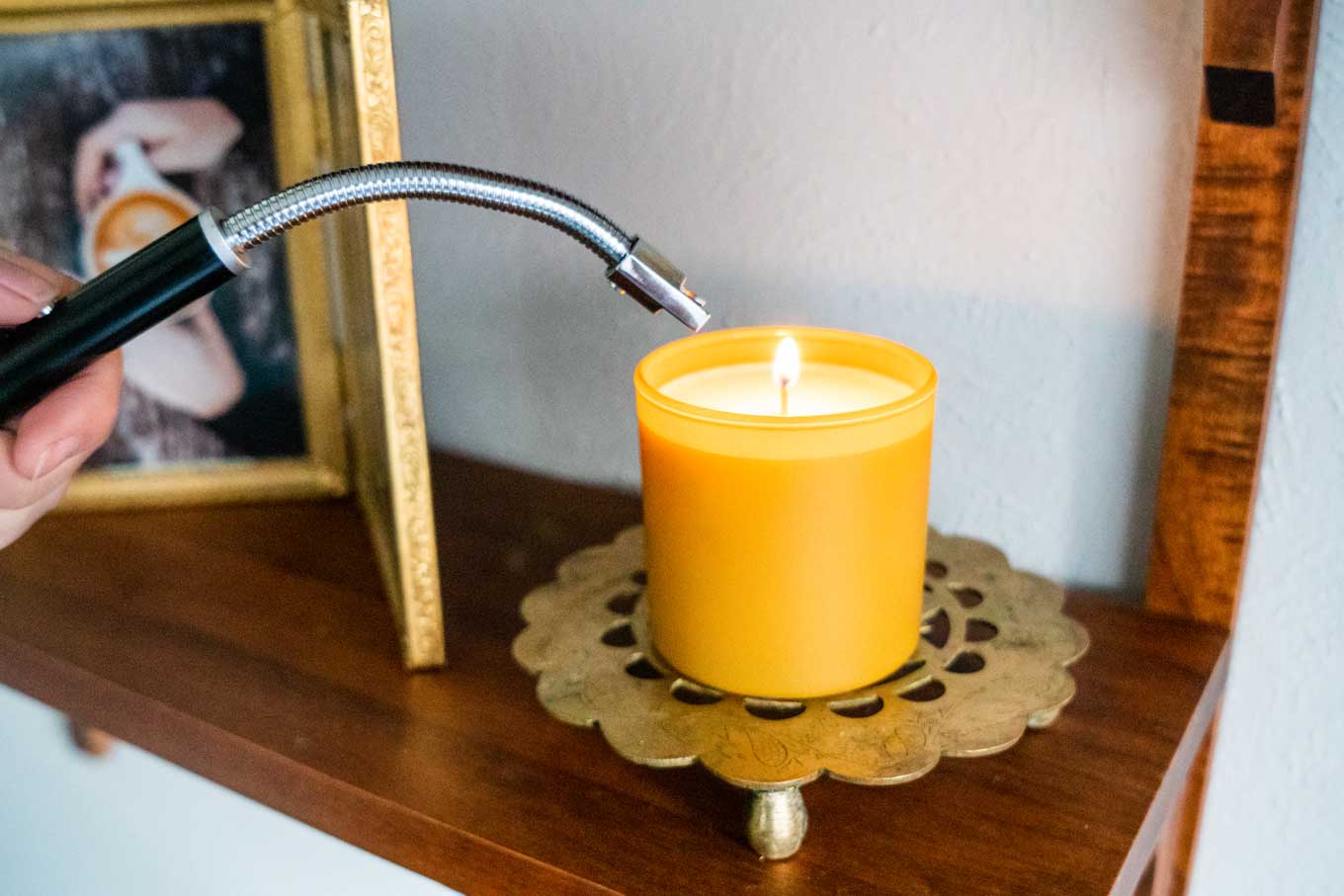

0 thoughts on “How Many Candles On Hanukkah”